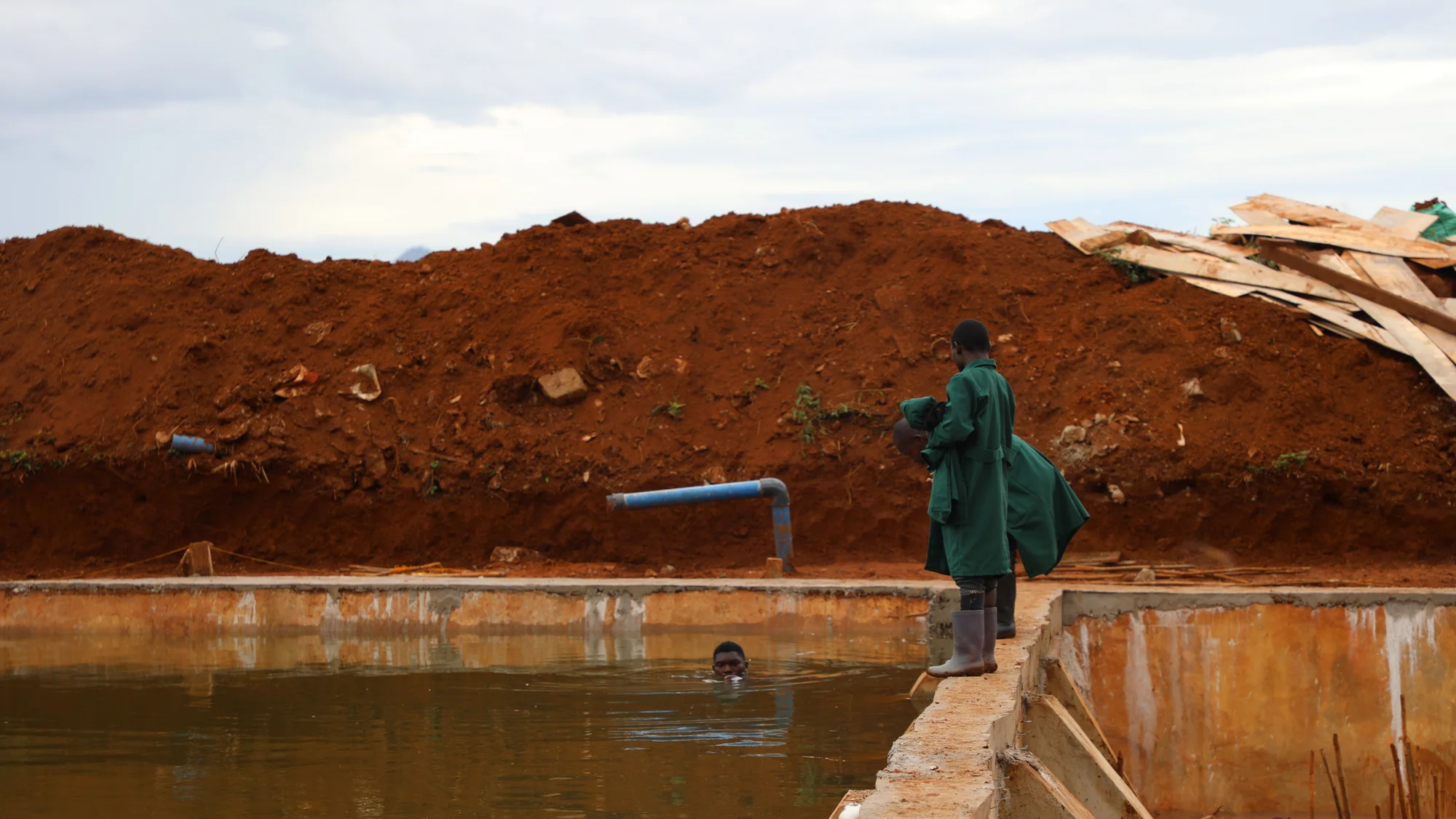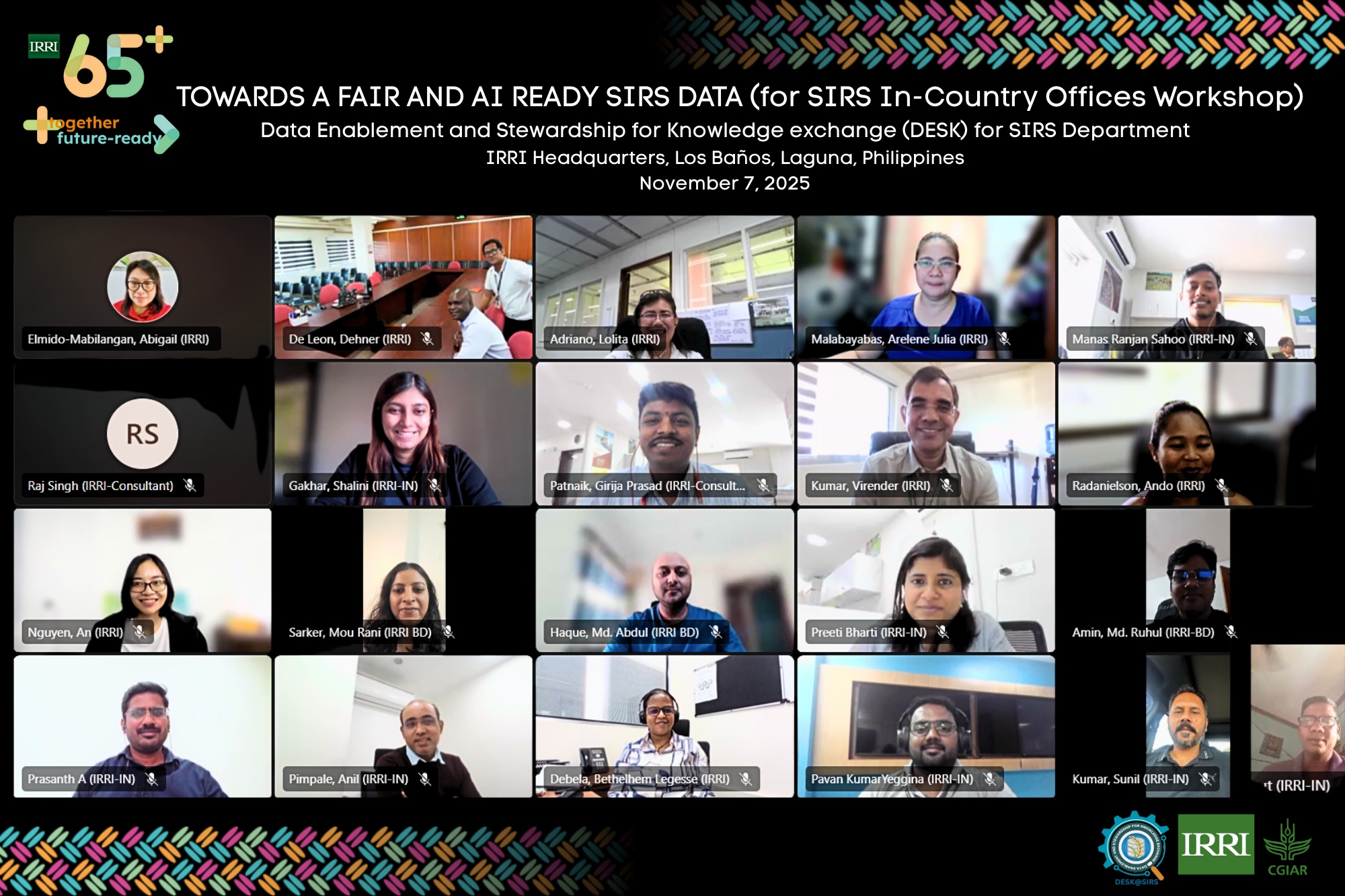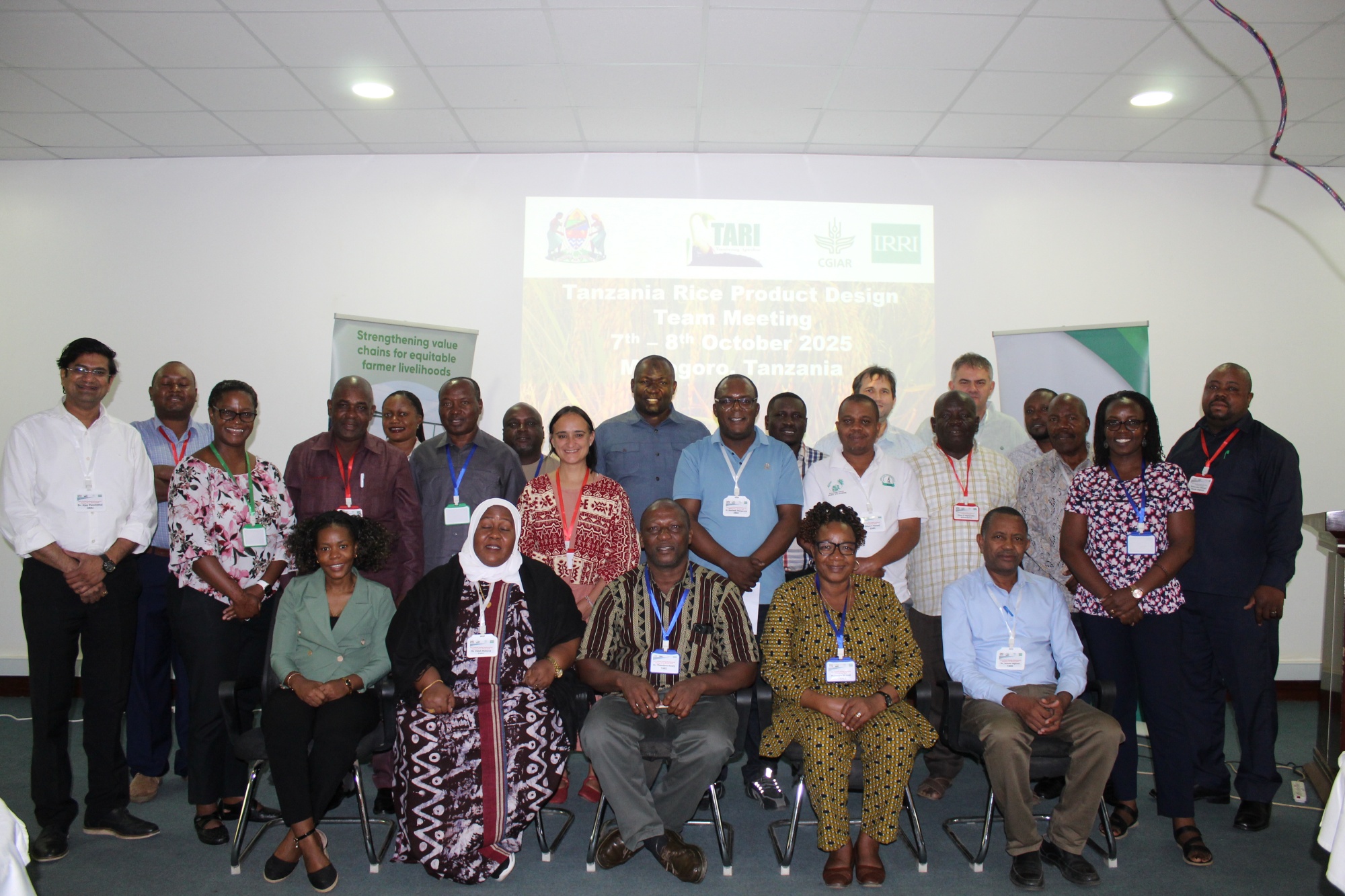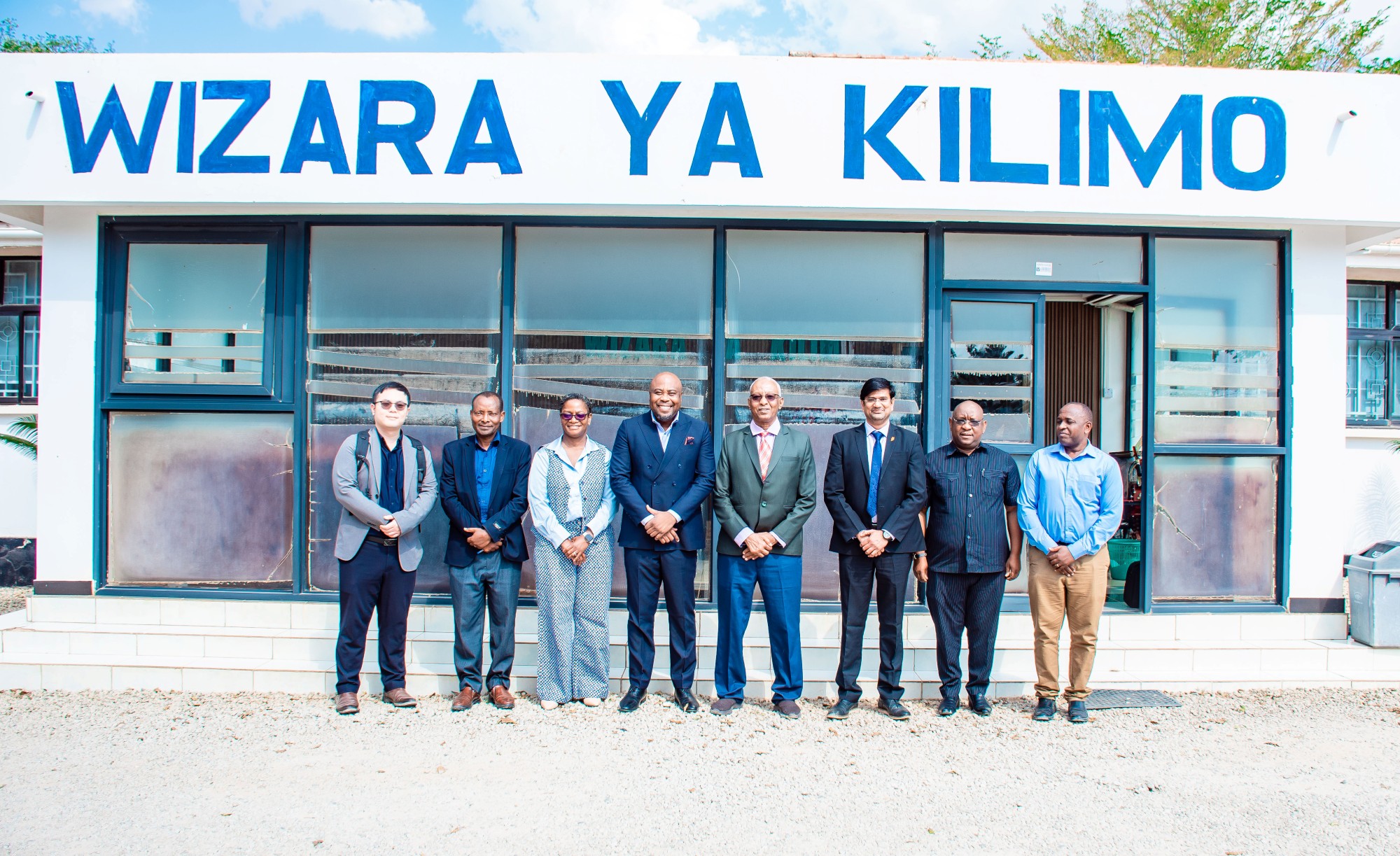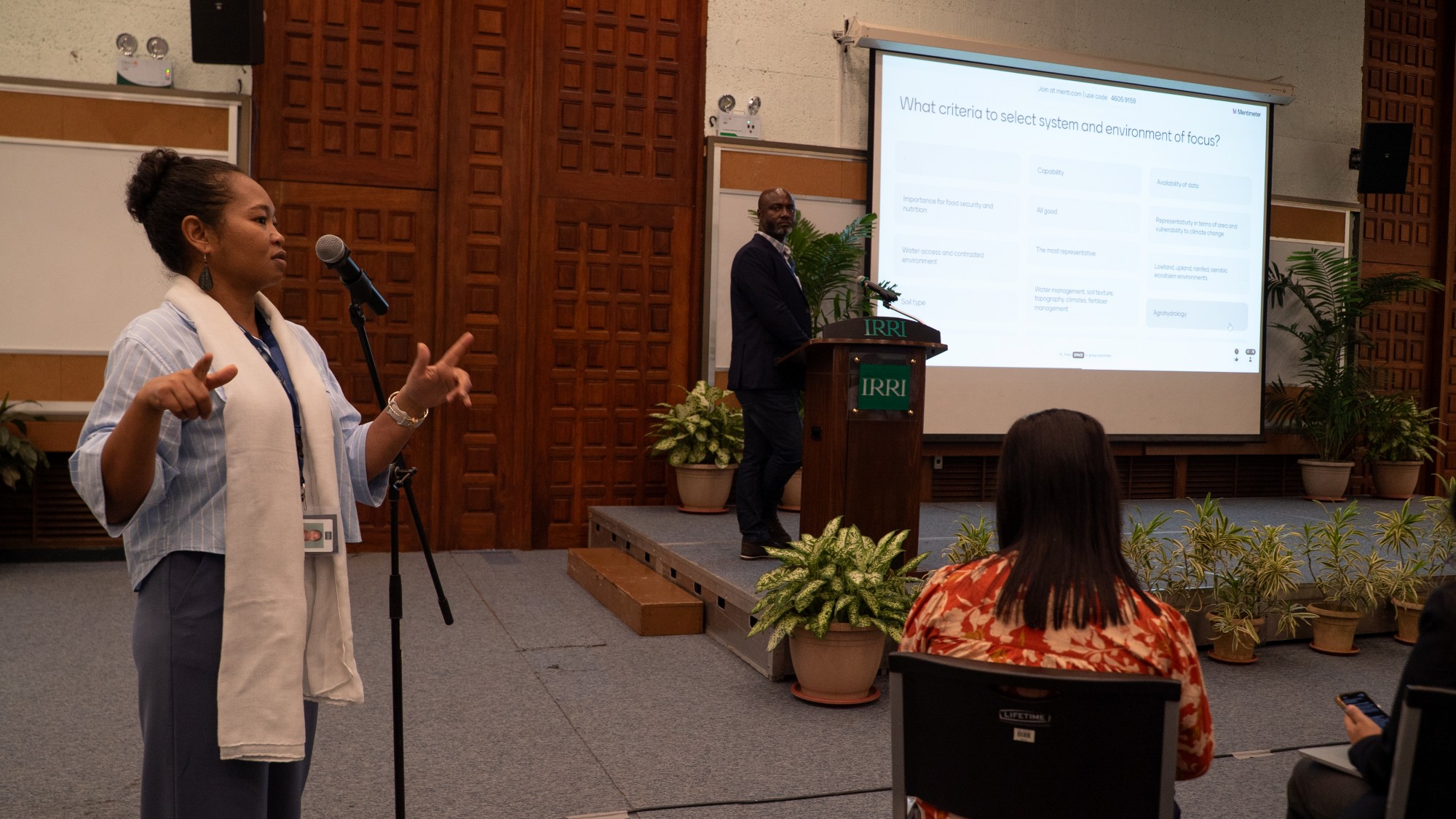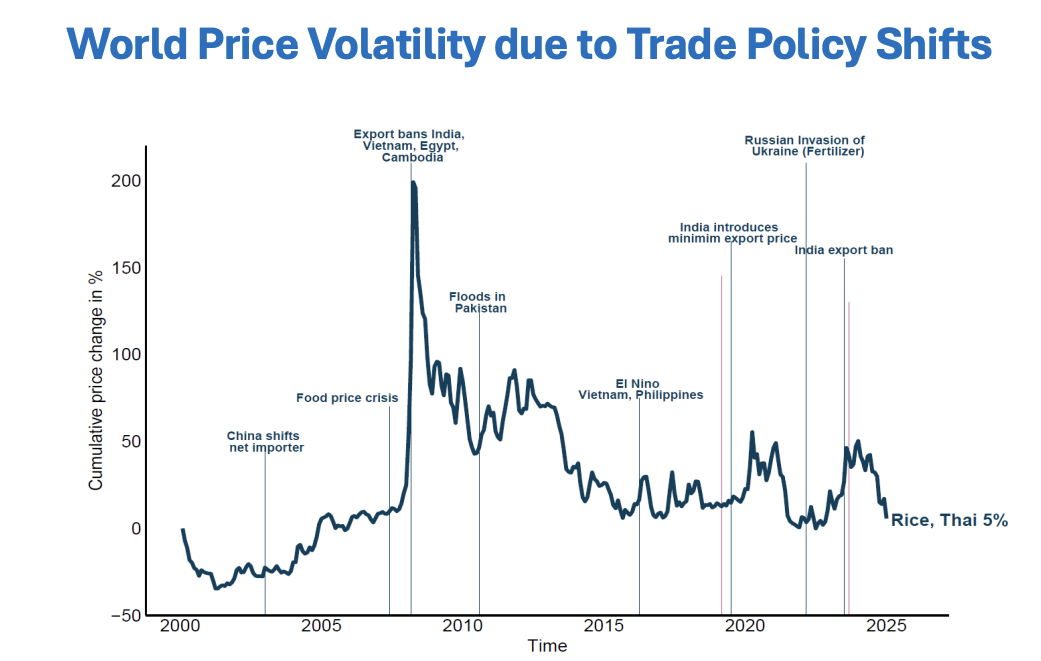Overview
Uganda, is situated in the African Great Lakes region, possesses a diverse a climate and rich biodiversity that support its agricultural development. While rice is relatively a new crop for Ugandan farmers, the government has identified it as strategic for achieving food security and poverty reduction, as outlined in the National Rice Development Strategy (NRDS) for 2008-2018 and the NRDS II.
Rice consumption increases by 4% annually and currently, demand exceeds local production. The rice market has experienced significant growth since 2000, with production peaking in 2022 at 347,000 MT before declining to 260,000 MT in 2023. The market has shown resilience and expansion over the past two decades, but recent fluctuations suggest potential challenges, such as climate variability or market dynamics, which may influence future production and consumption trends. Uganda's rice production has shown significant growth from 109,000 MT in 2000 to a peak of 347,000 MT in 2022, before declining to 260,000 MT in 2023 (FAO stat, 2023).
This growth was primarily driven by land expansion, which contributed to 90% of the increased production, while yields remained stagnant or declined in some areas (NRDSII, 2024). Key drivers behind these trends include: (a) The introduction of New Rice for Africa (NERICA) varieties improved resilience and productivity, particularly in upland ecologies, which account for 46% of production (b) investments in irrigation infrastructure supported consistent production, especially in lowland ecologies (54% of production),(d) The expansion of the rice milling sector enhanced market access and value addition, incentivizing farmers to increase production, and (e) Improved coordination among stakeholders and technology dissemination under the National Rice Development Strategy (NRDS I) framework facilitated production growth (NRDSII, 2024).
Smallholder farmers, primarily located in the Eastern and Nothern regions account for 80% of the rice producers in the country. These farmers cultivate rice mainly under rainfed and irrigated ecosystems. Despite ranking among the top 5 rice producers in the East and South African region according to FAOSTAT, productivity remains low (Senthilkumar et al., 2020). This is largely attributable to limited investment in essential inputs such as irrigation, quality seeds, and mechanization, as well as inadequate access to advanced postharvest technologies and insufficient pest and disease management (Strecker et al., 2022). This demonstrates the considerable potential for growth if farmers' productivity is improved.
IRRI supports the development of Uganda’s rice industry by building its value starting from the seed. IRRI aims to bolster production and address demand gaps by promoting certified quality rice seeds and building key partnerships for seed development. IRRI also supported the research, development, and commercialization of key rice varieties in Uganda.

Jummai Yila
IRRI Country Representative for Uganda
Office Address
International Rice Research Institute
C/O Alliance of Bioversity International and CIAT
Africa – Kampala Office
13 Km off Bombo Road
P.O. Box 6247 Kampala, Uganda
